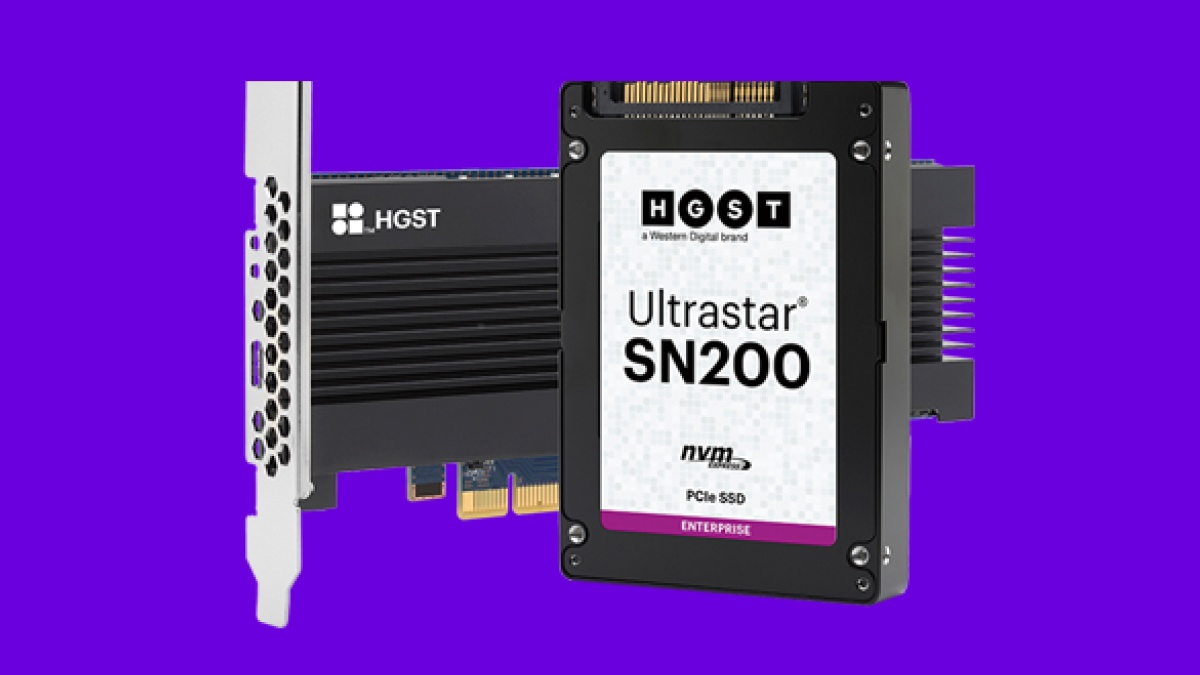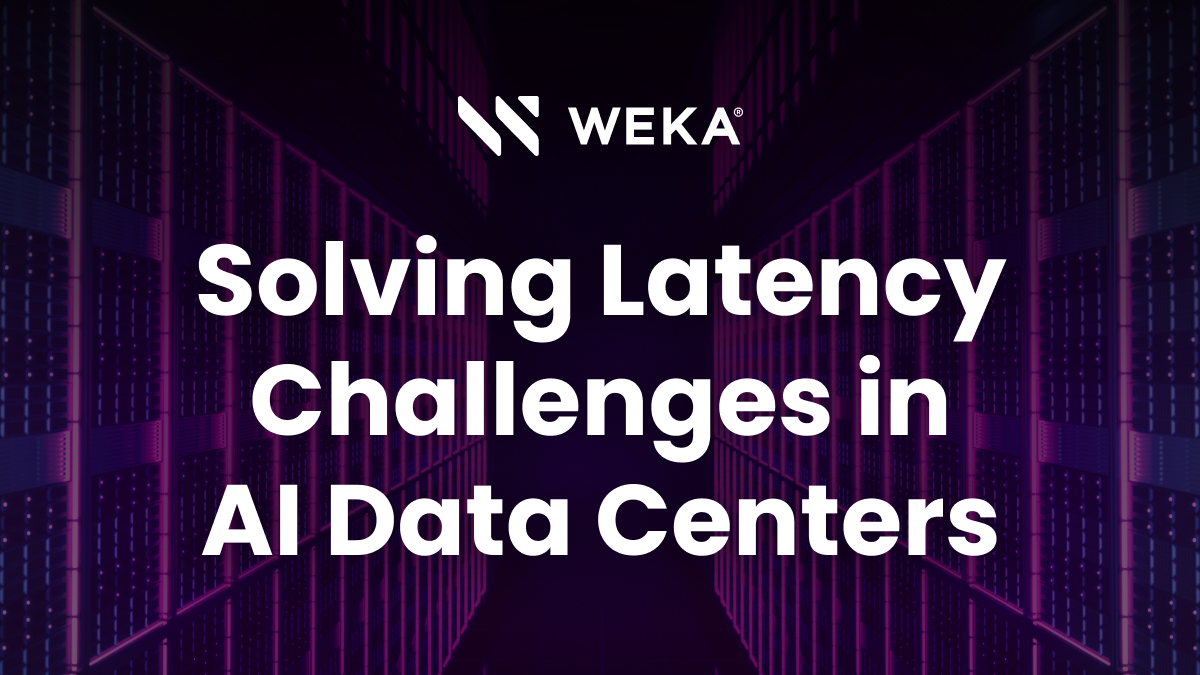NVMe Accelerates SSD Performance

Questions that seem to come up in customer conversations more frequently these days is, “How do I accelerate GPU performance and what impact will NVMe have on solid-state drives (SSD)s?”. Well the short answer is that NVMe is going to become the dominant interface for SSDs. SAS and SATA were designed in the pre-Flash era before low latency, high IOPS performance had become such a critical requirement. And low latency, high IOPs are critical to keeping expensive GPUs saturated with data. NVMe is a brand-new approach to block connectivity, and sitting directly on the PCIe bus allows more direct control from the OS and provides lower latencies.
To accommodate the insatiable need for performance and scalability, there will be dramatic changes in the architecture of all-flash storage systems and hyper-converged infrastructures (HCI) to permit them to take advantage of the 10x performance increase that NVMe SSDs have over SATA SSDs.
Traditional, all-flash arrays that are accessed through the iSCSI, Fibre Channel, or NFS protocols are at a disadvantage because those protocols impact latency, wasting the speed advantage of the NVMe SSDs. The ubiquitous SCSI protocol stack needs to be replaced with a more modern and efficient protocol stack.
The NVMe interface brings enough improvements to the I/O stack to level the playing field, allowing new players to enter the market with up-to-date implementations that deliver storage performance far superior to that offered by traditional players and legacy architectures.
Also, NVMe, coupled with high speed networking will enable software-only solutions that leverage standard server hardware to provide far superior performance than traditional all-flash arrays. These solutions will also scale much larger and be easier to deploy. In fact, expect to see some truly innovative solutions that offer a choice of deployment options.
Opportunities also exist for hardware manufacturers, firmware creators, and software engineers to leverage cutting-edge NVMe SSDs for speed and to add enterprise-class features such as compression, de-duplication, encryption, and snapshots – without introducing additional latency. Together, these advancements will be in high demand in many industries with the need for speed.






